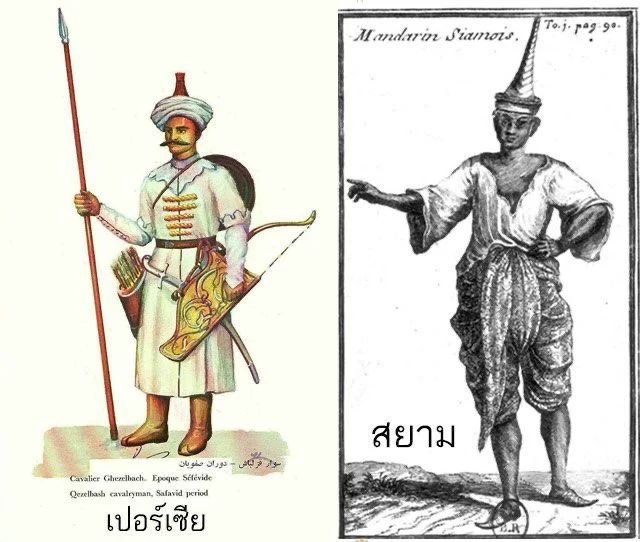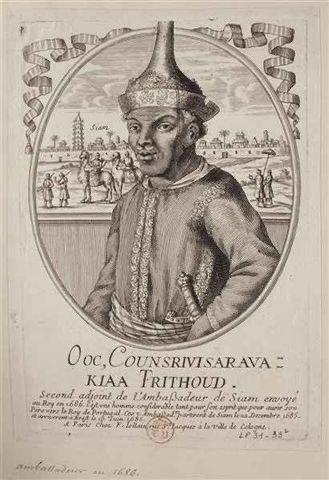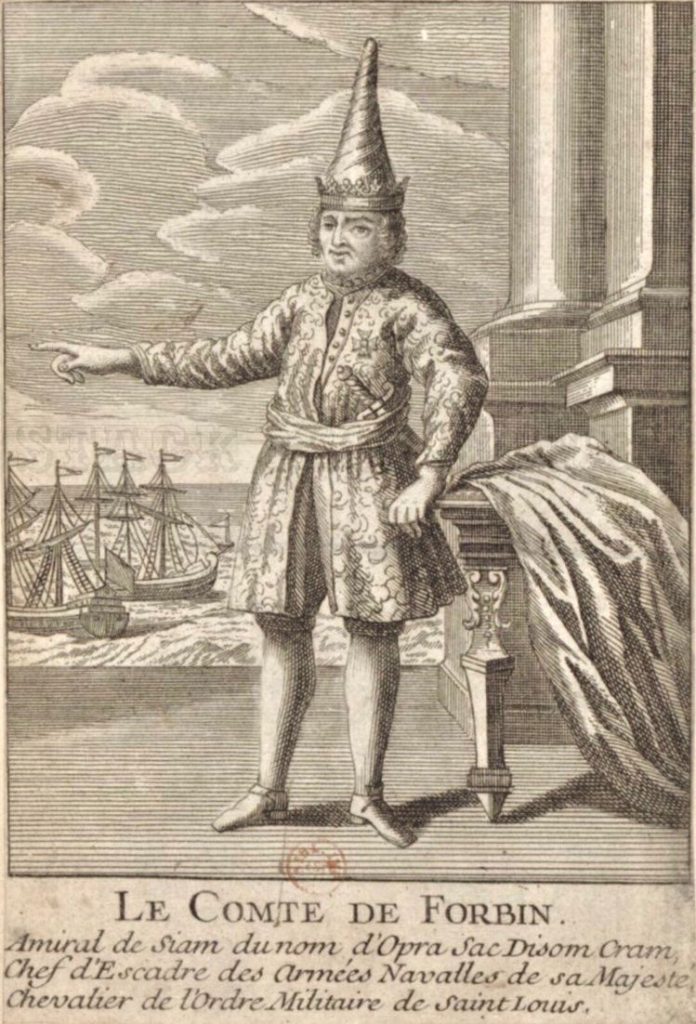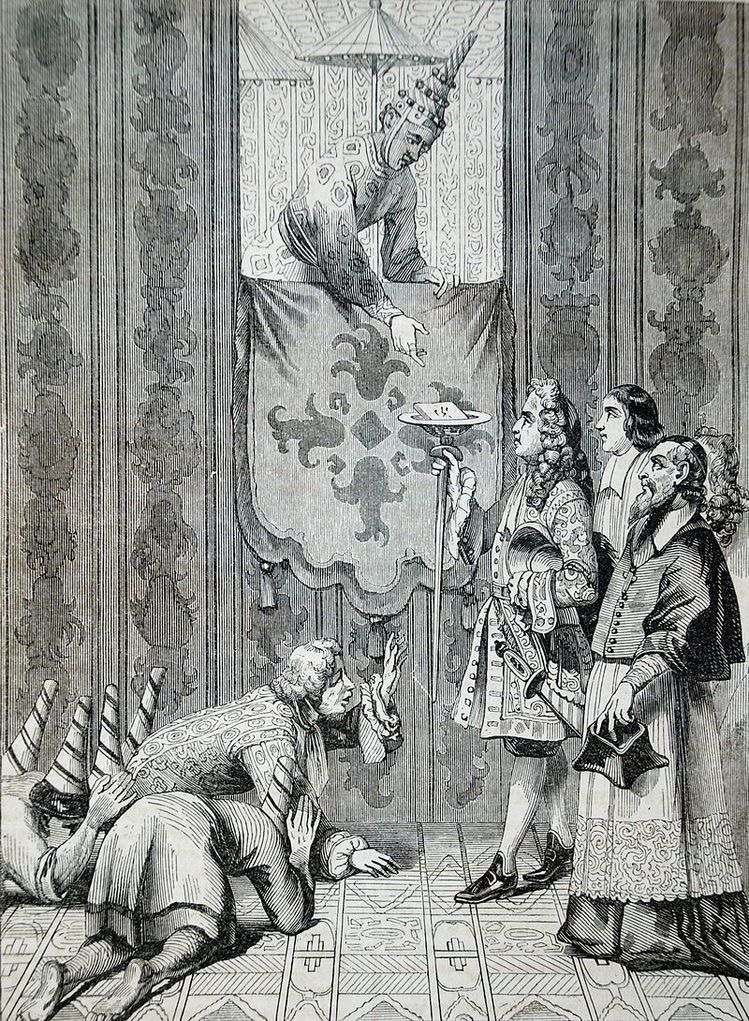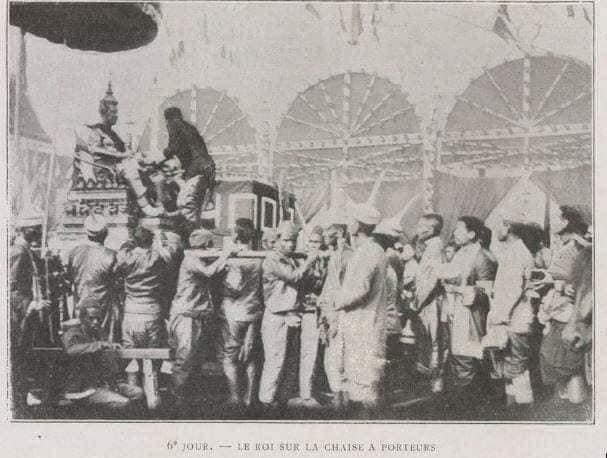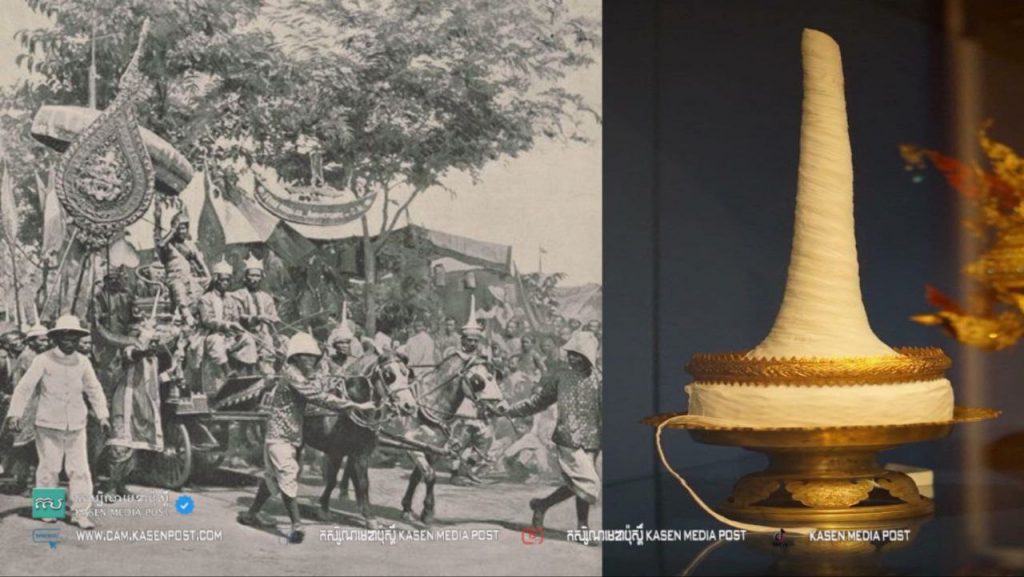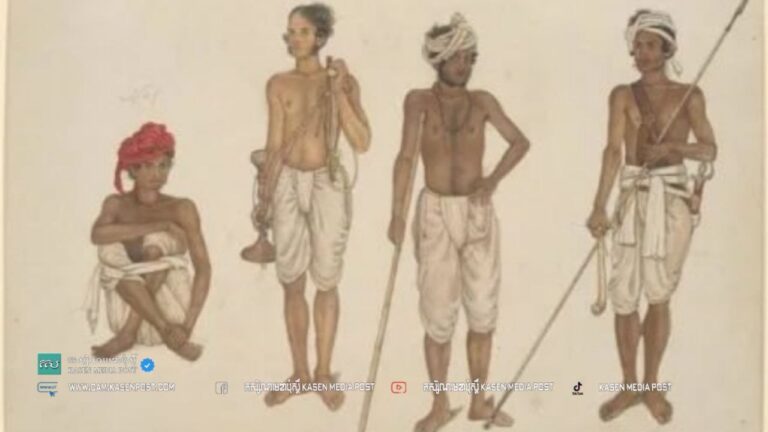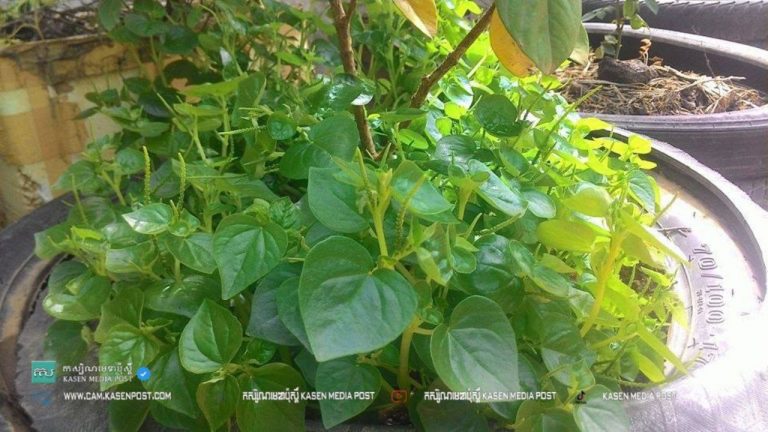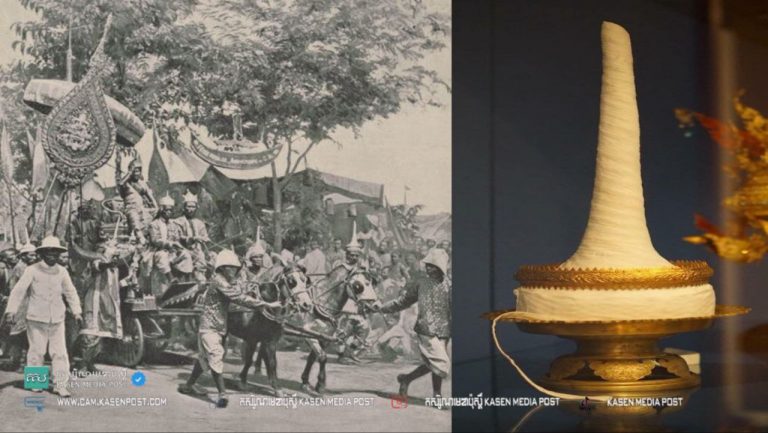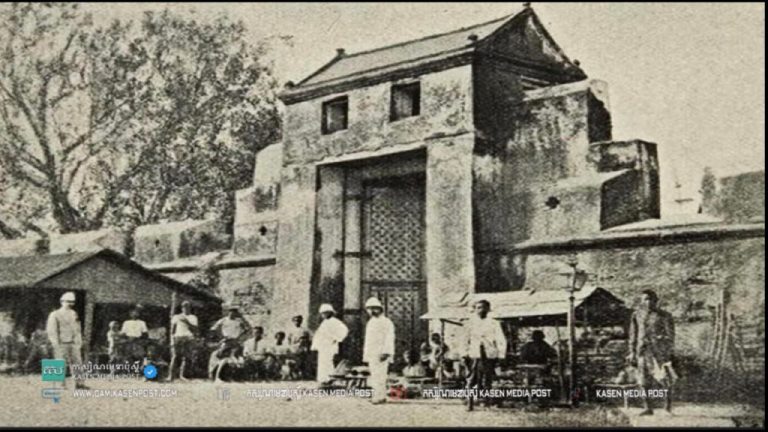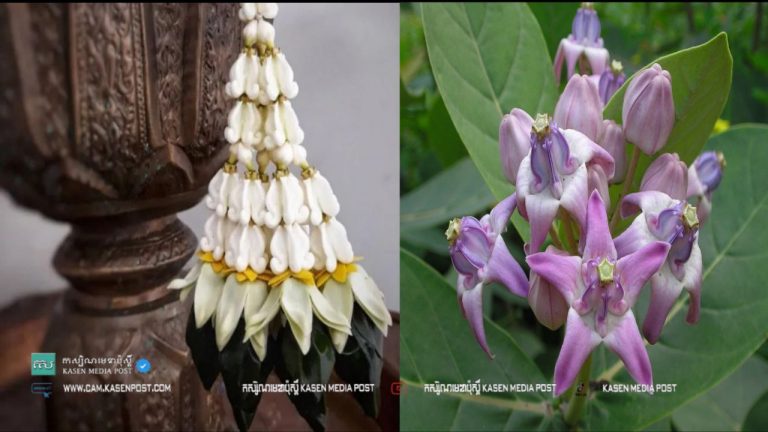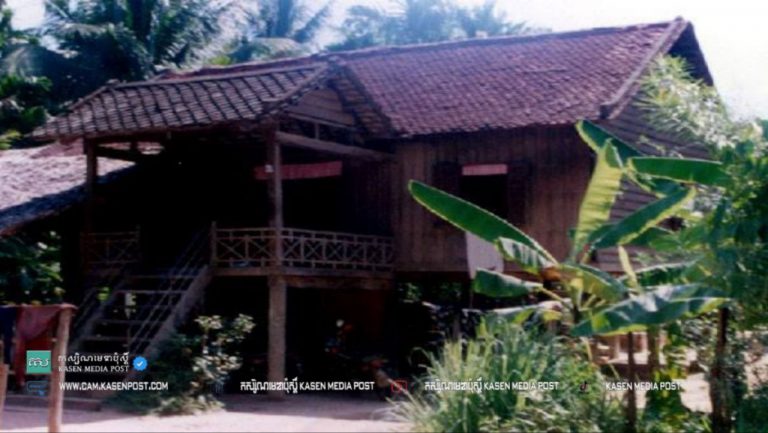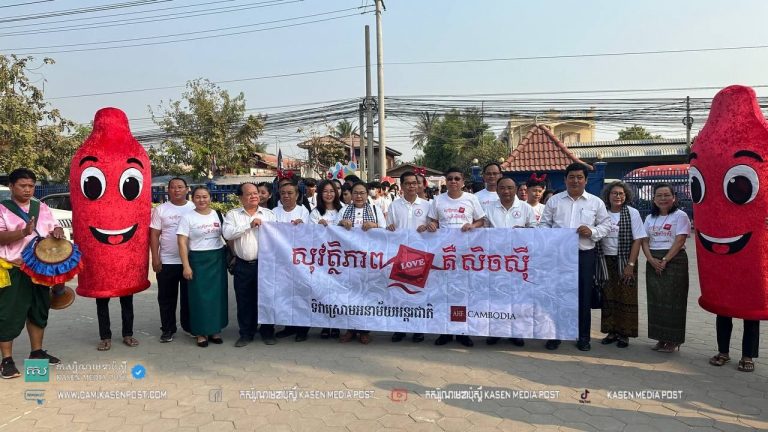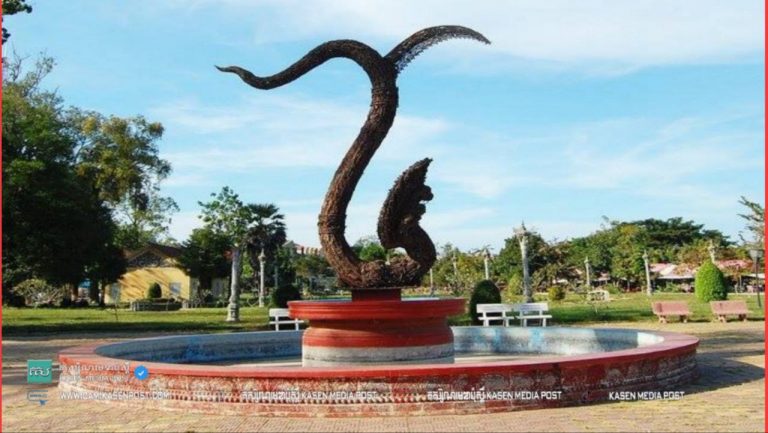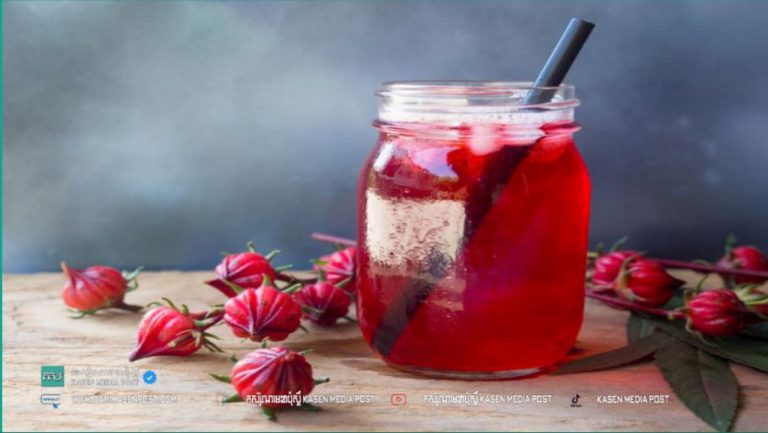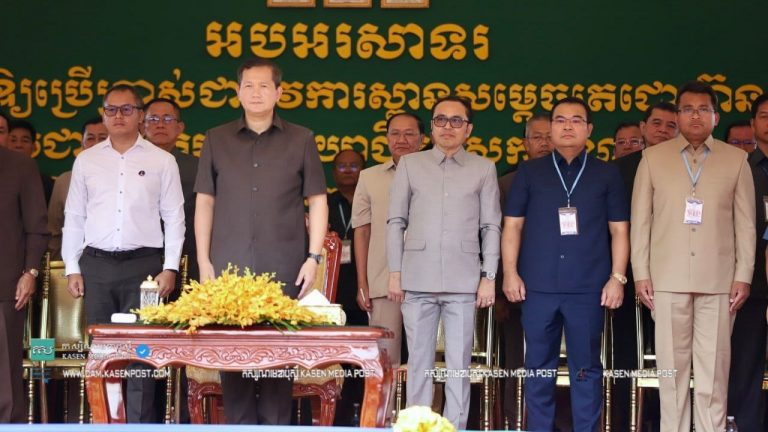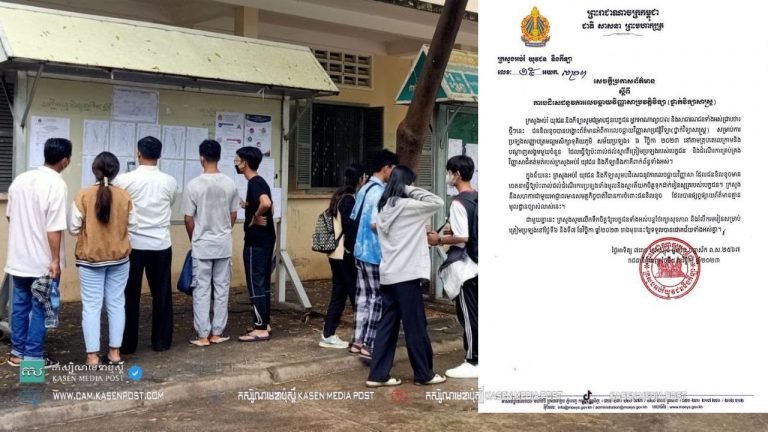The cap is a round, pointed tip, while others have short or curved tops. According to the Khmer dictionary, Lumphok is a piece of cloth made of smash, with a long, pointed top, a white complexion, a piece of paper, a piece of parchment, straight or unbuttoned, also available for the officials to wear during the royal procession or for Let the children who have already shaved their hair and wear them go out to be venerated, called dragons, wear lumphok.
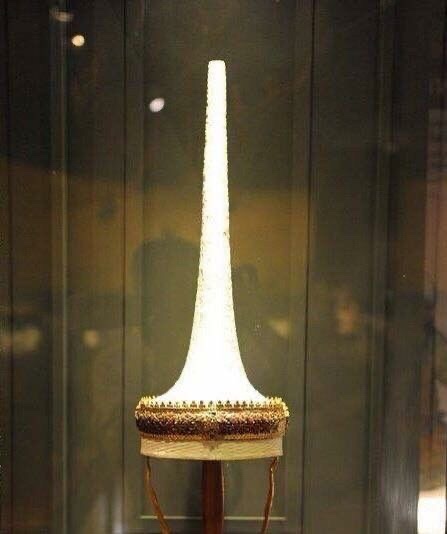
According to the document, for the mask, which does not have a piece of parchment paper on the back of the mouth, the white cloth can be wrapped with thick paper, slightly soft and folded over the hat, which is already peeled in layers.
The word lumphok is found in both Khmer and Thai languages, but it is not known exactly what it means, with some speculating that it comes from the Persian Gulf language.

This hat is sometimes called a hat, a hat, a baguette, a crown of cloth, or a chandelier, depending on the role used in various ceremonies. On the edge around the body is decorated with gold or metal to emphasize the status of the wearer. In ancient times, Khmer civil servants used to wear this robe on Sisak during large royal ceremonies in the kingdom.
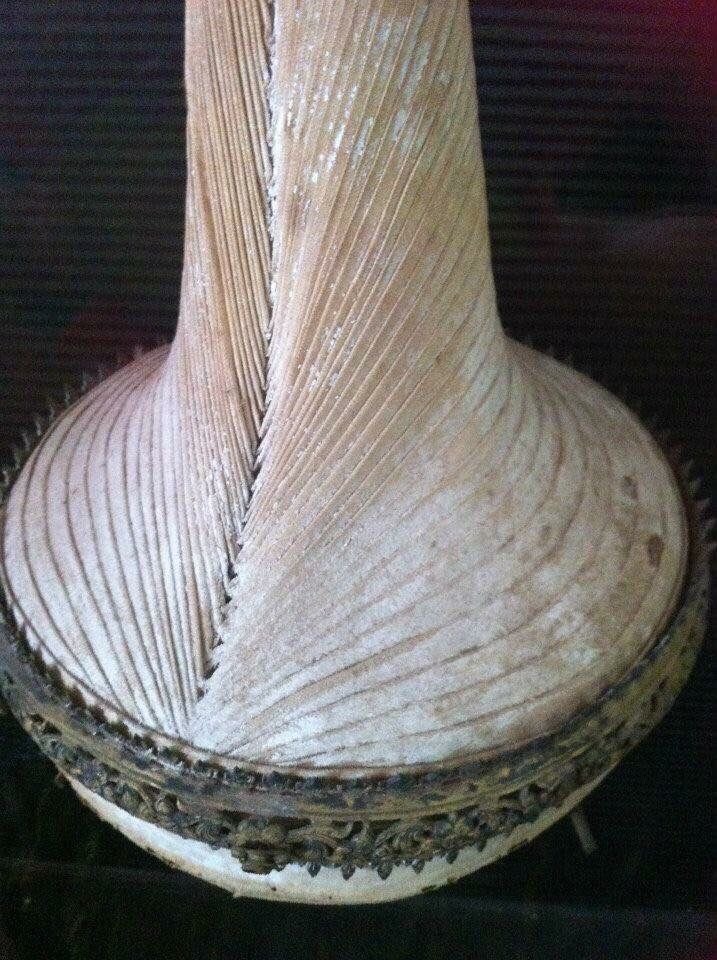
It is generally observed that the use of looms is combined with the robe, which is the custom of officials in the royal procession in the past, whether it is the royal wedding ceremony, hairdressing ceremony or royal funeral. At the royal funeral, the King will also be presented with a crown, which is shaped like a scorpion but has a low top and a low veil, and is adorned with gold ornaments. Separately for Lumphak for the royal family is called Jada Lumphak. Apart from being used in the royal ceremony, Lumpheak is also used in the field of theatrical performances of the royal property or used to dress the bride and groom during the dragon ordination ceremony. There is no document to indicate when the Khmer began to use the lump, but in the ancient rules established during the Udong period, the Khmer already used the lump, as in the ceremony of marriage, the ceremony of marriage, the ceremony of victory. Or even in royal documents. In the history of Cambodia, there is a record of Dutch sketches that show the case of Ream’s conquest of the nation between 1642, in which we see that the Khmer dynasty, Khmer officials used the real lump. While in Siam, records of French ambassadors show the use of Siamese officials, Siamese ambassadors of the Ayutthaya period during the reign of Preah Noray in the 1690s. Thai scholars believe that Lumphok was influenced by the traditional use of hats by the Persians, now Iran, and spread to Siam and then to Cambodia.
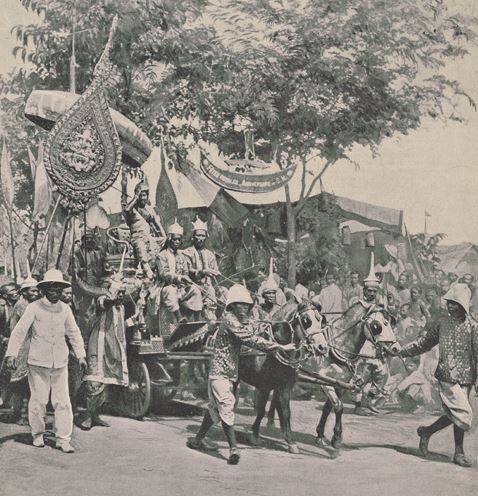
Going back to the Angkorian period, it is observed that there are also sculptures showing a group of people wearing hats like this to the king on the wall of the first factory, Banteay Chhmar temple. Apart from this, they also found some sculptures with the use of curved cylindrical hats like this in the Angkor area. At the end of the Angkorian period, according to the records of Grandpa Quan, he observed that the ascetics used a red or white headscarf, similar in shape to the Mongolian women’s hat (Gugu hat), but with a lesser appearance. Only. An examination of the Gugu hat of the ancient Mongolian woman reveals that it resembles a real body. In the Longvek period, through carvings during the reign of King Chan Reachea, sculptures of bands or armies were also found, using a crown shaped like a cloth with a curved top that differed from the royal crown. That era, too.
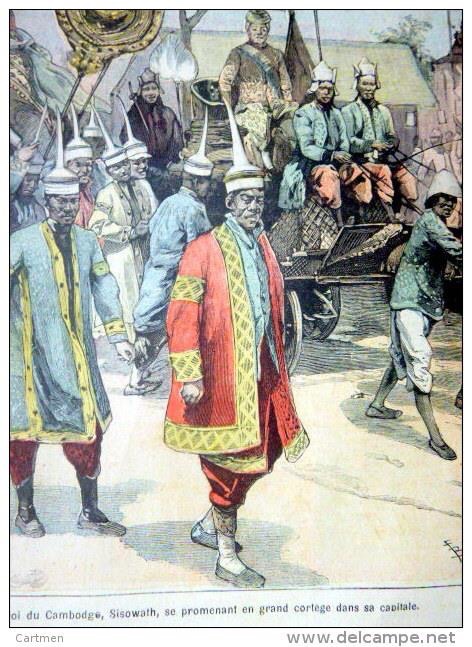
According to the tradition left to the present, they are divided into the following order of use:
– The royal family set up a group to use the chandelier, pure gold with 11 flowers and ornaments
The title of Akka Moha Sena Padei 10 thousand, using pure gold ornaments with 11 flowers and ornaments
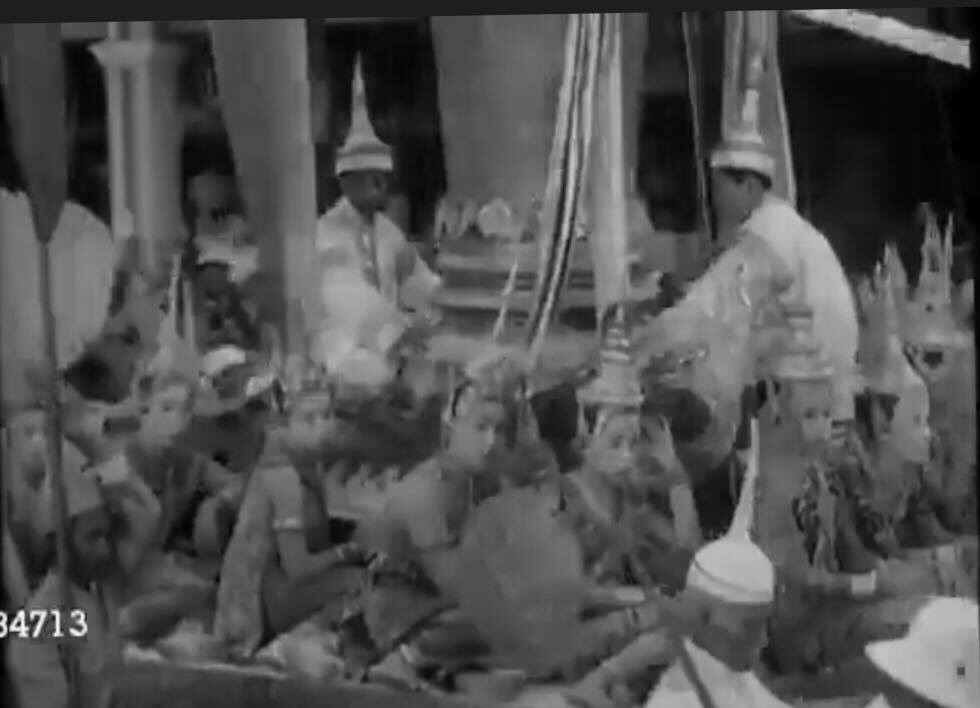
The title of Prince uses a chandelier made of pure gold with 10 flowers and ornaments.
The rank of sergeant uses pure gold ornaments with 10 flowers and ornaments.
The status of a princess using pure gold ornaments with 7 flowers and ornaments
9,000 high-ranking officers use gold, silver and 9 silver flower ornaments
8,000 high-ranking officers wearing gold and silver ornaments, 8 gold and silver flower ornaments
7,000, 6,000 and 5,000 high-ranking civil servants use gold leaf, lacquer, gold, no vibrator
Officials from the rank of 4 thousand down can not use the lump.
